Once confined to the realm of science fiction, the fusion of technology and fashion has been reshaping the industry, prompting novel conversations about the future of fashion. One name at the forefront of this conversation is Roei Derhi, the founder of Placebo, a fashion-tech house that boldly defies traditional fashion norms and addresses sustainable and inclusive practices.
Born out of a fervent desire to innovate, Derhi’s journey towards establishing Placebo was one marked by a steadfast commitment to integrating technology with fashion. Having worked in the fashion industry, Derhi witnessed firsthand the need for a more sustainable approach.
“I realized I could combine my fashion knowledge with 3D technology to create new ways of producing fashion content without harming the environment”
In 2019, Placebo was launched, a brand where digital, physical, and gaming fashion realms intersect, producing designs that cater to every size, gender, and age. Derhi’s passion for inclusivity and sustainability manifests in his brand’s ethos: Placebo is for everyone.
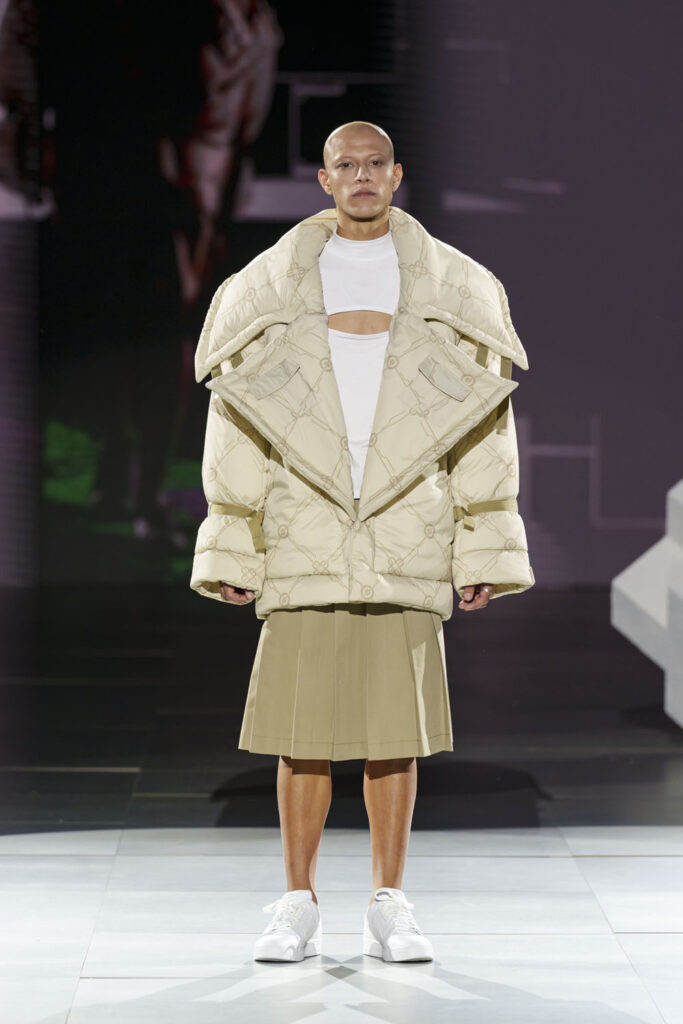
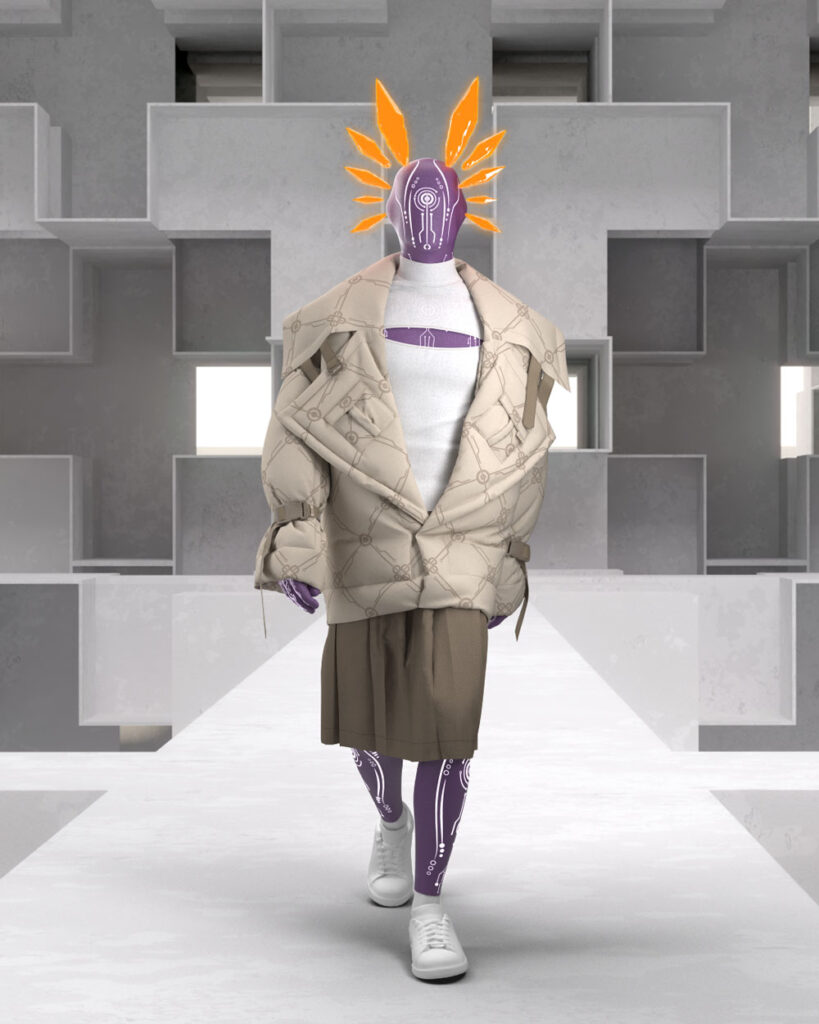
The recent launch of the Babylon Collection brings to life Placebo’s innovative spirit. Using the Tower of Babylon as a metaphor for the internet, the collection weaves together different fashion languages and styles to showcase how technology can blur physical boundaries. The collection integrates 3D technology, AI, Kornit printing technology, and pioneering NFC technology by Boyo. This technology enables customers to scan tags on their garments, easily mint them on the blockchain, and gain insights into their origins and authenticity.
Collaboration is integral to the inception of these collections. For the Babylon Collection, the integration of various art forms from diverse collaborators aimed to construct a harmonized, multidisciplinary universe. Each participant contributed their expertise, welcoming technology as a component of the creative process.
When it comes to crafting digital and physical fashion, Derhi explains that maintaining detail and quality in both realms is paramount. At Placebo, tradition meets technology. The brand employs traditional patternmaking while leveraging 3D technology for fitting and sewing. The same meticulous attention to detail seen in high-end physical fashion is extended to the brand’s digital designs.
A defining characteristic of the Babylon Collection is its conscious design to display the contrasts and synergies between physical and digital fashion. At Placebo, digital fashion is perceived as an extension of the physical garment, an abstract plane where creativity isn’t bound by physical limitations. As such, the digital and physical iterations of a garment may at times mirror each other, while in other instances, the digital version may bear unique designs that would be impractical in the realm of physical fashion. “We envisage the ‘digital twin’ not always being an exact replica, as individual preferences vary between what they choose to wear physically versus digitally,” says Derhi.
“In creating our garments, we adapt the design to what we believe the customer would desire in both physical and digital forms, crafting similar but not identical twins.”
This methodology mirrors the practices of haute couture designers who create ready-to-wear versions of their couture dresses that grace the runway. These differences can be noticed in intricate details, print color, and even the length of sleeves and hems. By focusing on these subtle nuances, Placebo brings out the best of both realms, enhancing the customer’s experience in the digital and physical worlds. Through this innovative approach, Placebo continues to blur and redefine the boundaries between the physical and digital fashion domains.
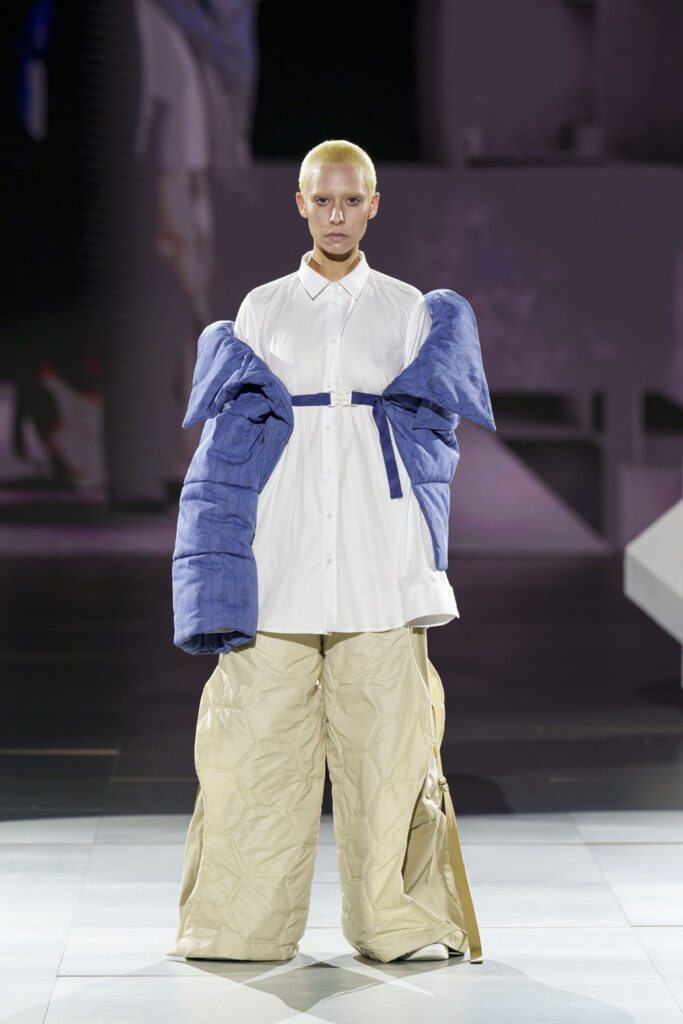
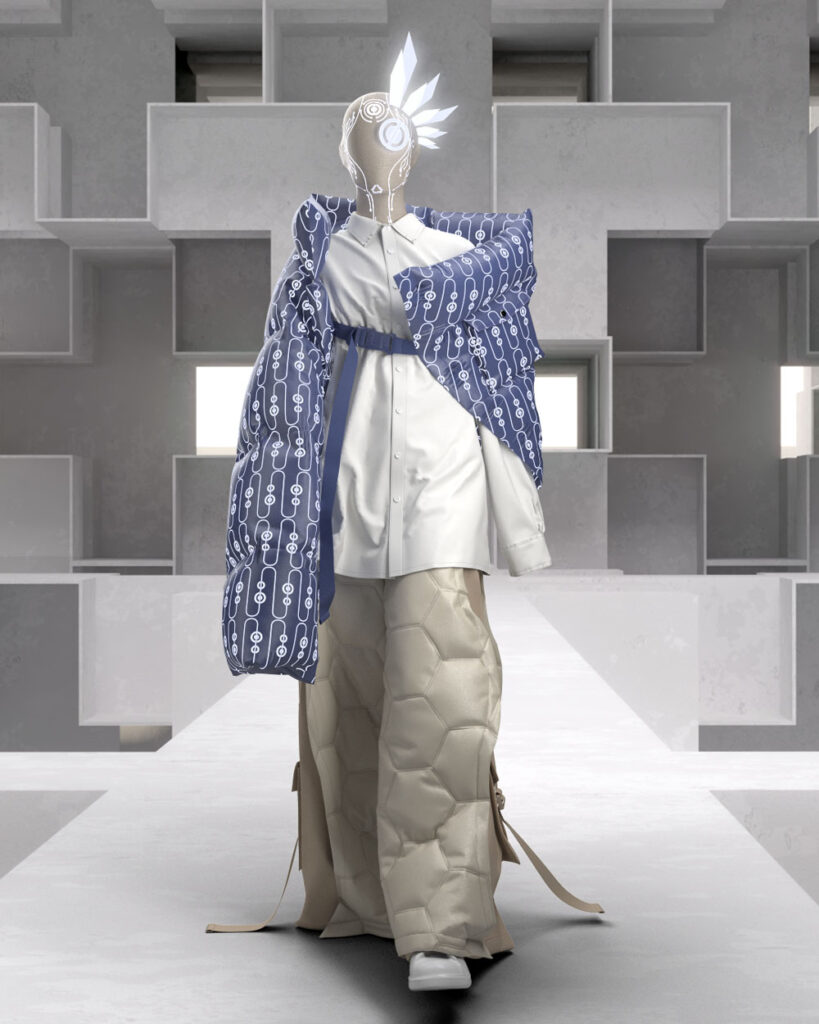
Overcoming the challenges of establishing a tech-fashion house required a balance between understanding both fashion and technology. Derhi describes this as managing a hybrid business, where the creative part works as in the fashion industry, but the overall business is structured like a startup. Being agile is a necessity in a landscape where fashion and tech converge to move faster than ever.
Looking ahead, the rise of the Metaverse and gaming presents intriguing possibilities for the future of fashion. Derhi draws parallels between fashion and gaming, where both provide avenues for expressing different identities and creating new characters.
Envisioning the future, Derhi predicts that people will have two distinct wardrobes: digital and physical. He believes that digital fashion will provide us with greater options for self-expression, surpassing the limitations of reality. The task for designers, as he sees it, is to cater to the desires of customers in both realms.
Digital fashion, in this sense, is not merely a trend but a profound evolution in the way people interact with clothing and accessories. This movement fosters transparency, ownership, and sustainability, heralding a new era of fashion that speaks to the values of Generation Z and late millennials. Placebo, with its coherent narrative and user experience, serves as a shining example in this landscape.
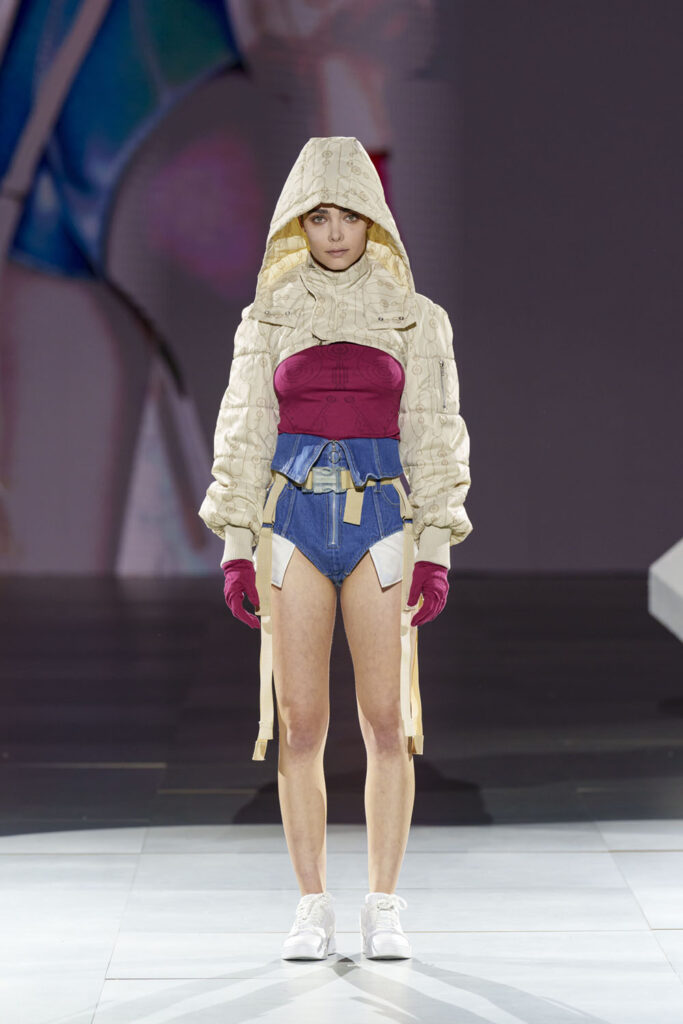
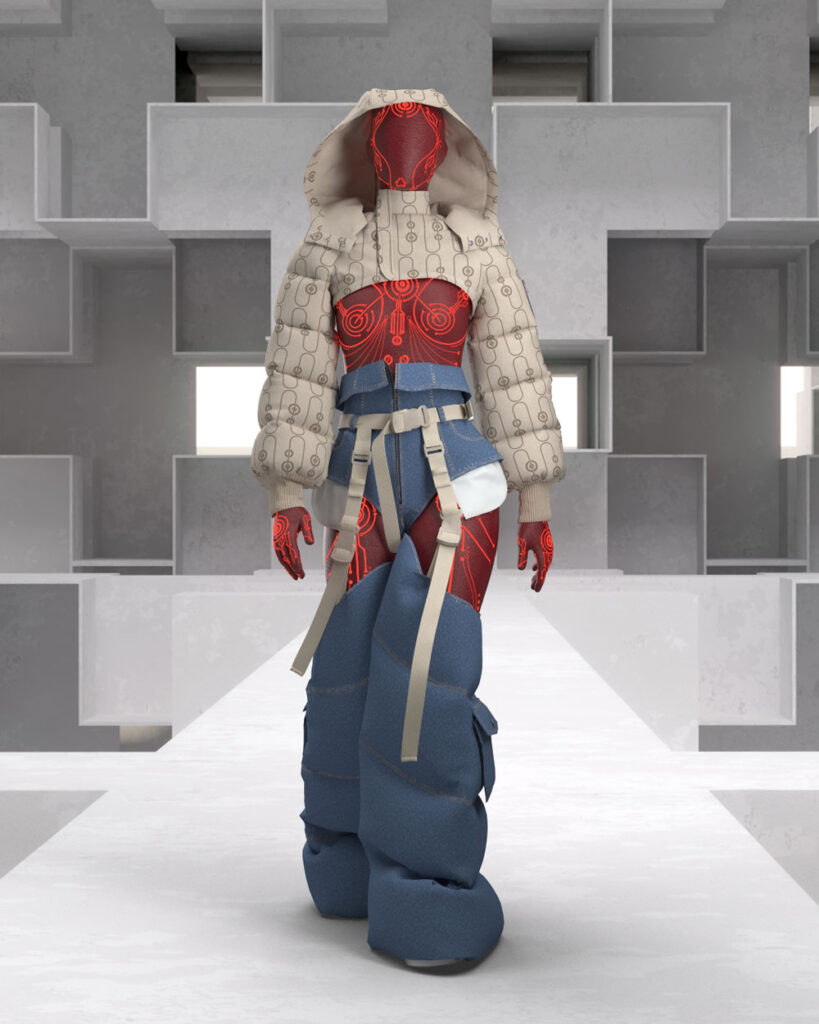
For those aspiring to be part of this innovative field, Derhi’s advice is to always remain curious and continuously expand your understanding in areas such as technology, marketing, and business strategy. Most importantly, surround yourself with talented and kind individuals who believe in your vision. In the end, Placebo’s story is not just about technology and fashion – it’s about challenging the status quo and envisioning a future where innovation, inclusivity, and sustainability stand at the core of the fashion industry.
A pivotal part of this future, Derhi points out, involves the inclusion of technology to make the fashion industry more sustainable and inclusive. “Technology can promote sustainability by reducing material waste and eliminating the need for physical samples through 3D modeling,” he says. “It can also revolutionize the purchasing process by simulating the product for the customer and creating a sales process that aligns with demand and does not overproduce.”

This incorporation of technology allows Placebo to be much more considerate of varying body types and genders, quickly tailoring physical garments to the customer’s unique measurements. It’s this facet of the business where Placebo really shines, leading the way for others to follow.
For Derhi, technology serves as the tool to actualize his vision of a more inclusive and ethical fashion industry. By integrating technology into the design and manufacturing process, he promotes transparency, ownership, and sustainability – principles that he hopes will become more commonplace in the industry. “At Placebo, we believe that customers should know where the garment is made, and what materials are used, and receive a certificate of authenticity to ensure that it was produced by Placebo,” Derhi asserts.
Digital fashion is more than just a revolutionary concept; it represents a new way for consumers to interact with clothing. Derhi speculates that the digital evolution of a garment could cater to customers’ desires in both the digital and physical realms.
“In the future, I believe people will have two distinct wardrobes: digital and physical. What will be intriguing is observing their behavior when it comes to choosing garments for both realms”
As technology continues to influence and shape the fashion industry, pioneers like Roei Derhi and Placebo are leading the way, pushing the boundaries of what is possible. Through a combination of creative design, forward-thinking technology, and a commitment to inclusivity and sustainability, they are shaping a new paradigm for the future of fashion – one that places the customer, the environment, and innovation at the forefront.
To learn more about Placebo visit their website here or visit their instagram here.



